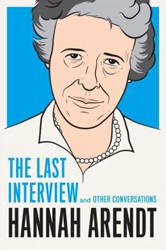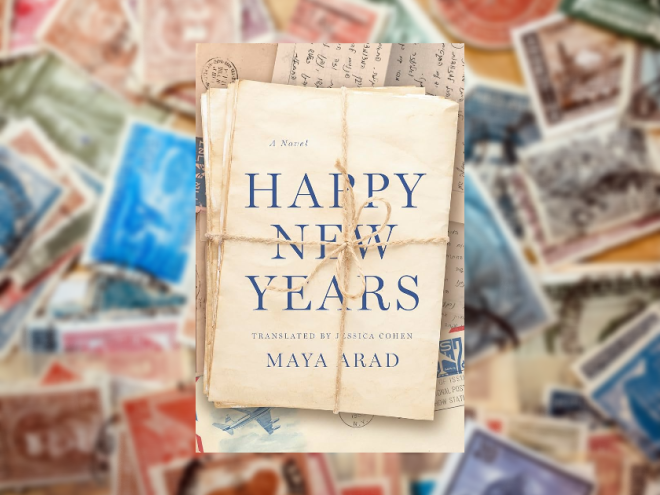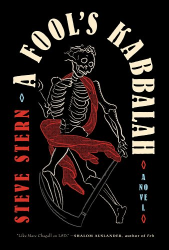Hannah Arendt began her slim, but psychologically complex, biography of Rahel Varnhagen during the Weimar Republic and finished it in 1955, over twenty years after she had started it. Arendt never lost sight of the project — when she first arrived in the United States in 1941, she immediately inquired about the manuscript, which had been entrusted to her ex-husband for safe keeping, and its whereabouts. The book didn’t receive a U.S. edition until 1974, and one gets the sense that, in the forty years she worked on the project, Arendt was living almost alongside Rahel. The depth of her devotion to the project is itself a memorial to Rahel Varnhagen, a living embodiment of her life’s work.
Rahel Varnhagen was born Rahel Levin in 1771. She served as a key figure in Berlin’s cultural landscape; although she never received a formal education, Rahel was a gifted curator and hosted salons known for welcoming a wide variety of thinkers, from artists to politicians. It was her Jewishness, partially, that made Rahel approachable; she was an outsider and therefore un-intimidating to writers and performers, themselves self-conscious. The same outsider identity that allowed her to thrive as a steward of creative thought, however, caused Rahel an acute sense of isolation. Eventually, Rahel left Berlin and married a Christian man (he later devoted himself to preserving her impressively large correspondence that, when published, became one of the most famous books by a woman of the nineteenth century). Even after her marriage and conversion, though, Rahel continued to feel the shame of her identity — an identity she felt was innate and inescapable — and spent her life in something like psychological exile, aware that she, as a woman born Jewish, would always be regarded as foreign.
In her review for The Reconstructionist, writer Sybille Bedford called Arendt’s biography “curiously oppressive.” Indeed, the book almost immediately seems to engage in a three-way wrestling match between the reader, Rahel, and itself. One wades rather than floats through the text; one feels the desperation of Rahel’s existential exploration of herself as a Jew, German, and woman acutely. In addition to pondering questions like the inevitability of Jewish identity, the biography is highly emotional. Arendt depicts Varnhagen’s love affairs and friendships with deep emotion, often weaving together letters and diary entries (which, Arendt writes, “in any case never told more than she would have in her letters”). This is not a traditional portrait of a life, but rather the reconstruction of a mind.
In her effort to depict Rahel, Arendt reveals much of herself. Her tone betrays criticism of Rahel’s effort to “annihilate herself and her origin” and at times she seems to lose patience with her subject. Rahel exhibits an extreme version of a very human impulse, to understand herself through others, and one gets the sense that she would have found Arendt’s biography to be a particularly fitting tribute. “Had not her life been a ghost story only because she had never encountered anyone of equal rank who could have confirmed the fact that she, too, was ‘real’?” Arendt asks at the end of the book. Arendt’s tribute to Rahel is, perhaps, the very solution that her subject needed in order to stop trying to shed her Jewishness. Through her work, Arendt has prevented Rahel from becoming a ghost.
Adina Applebaum is a Program Associate at the Whiting Foundation. She lives in New York.





